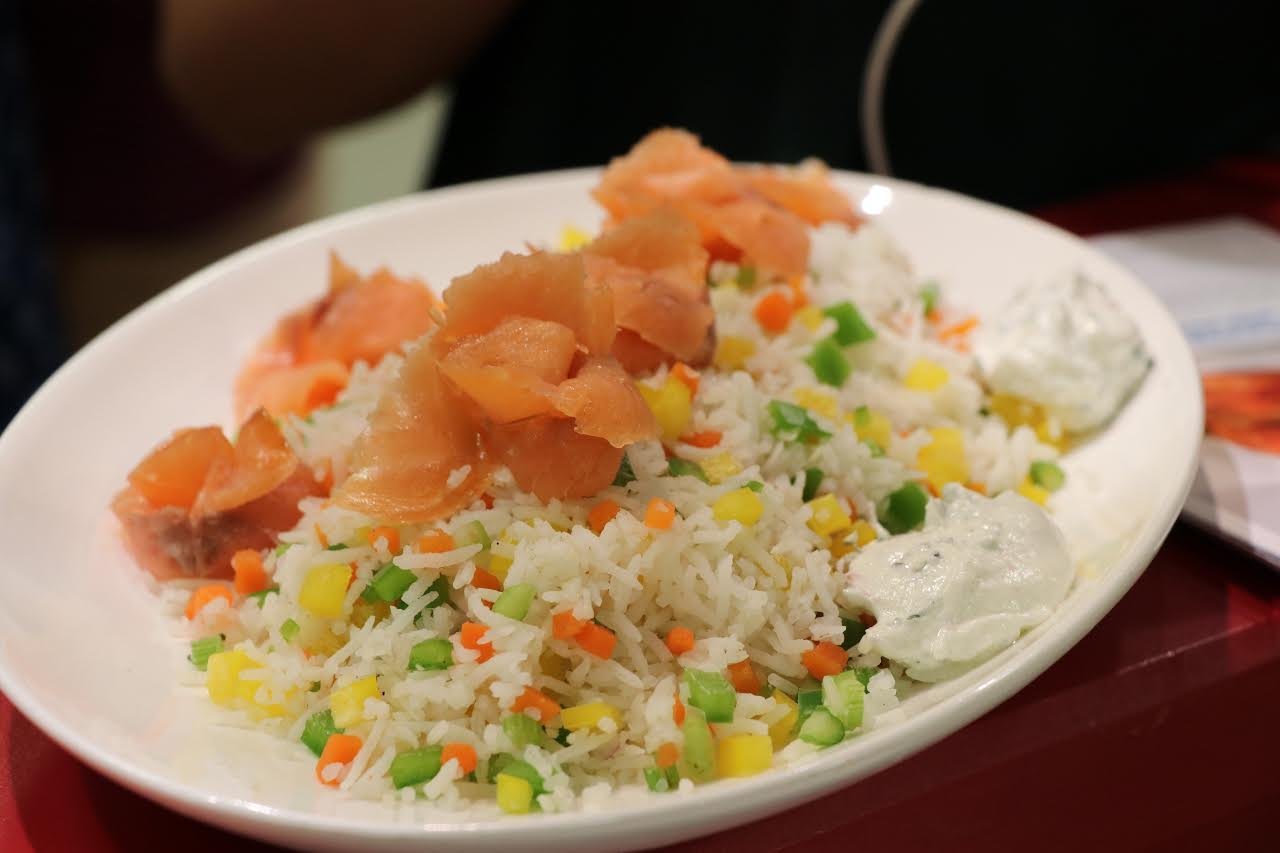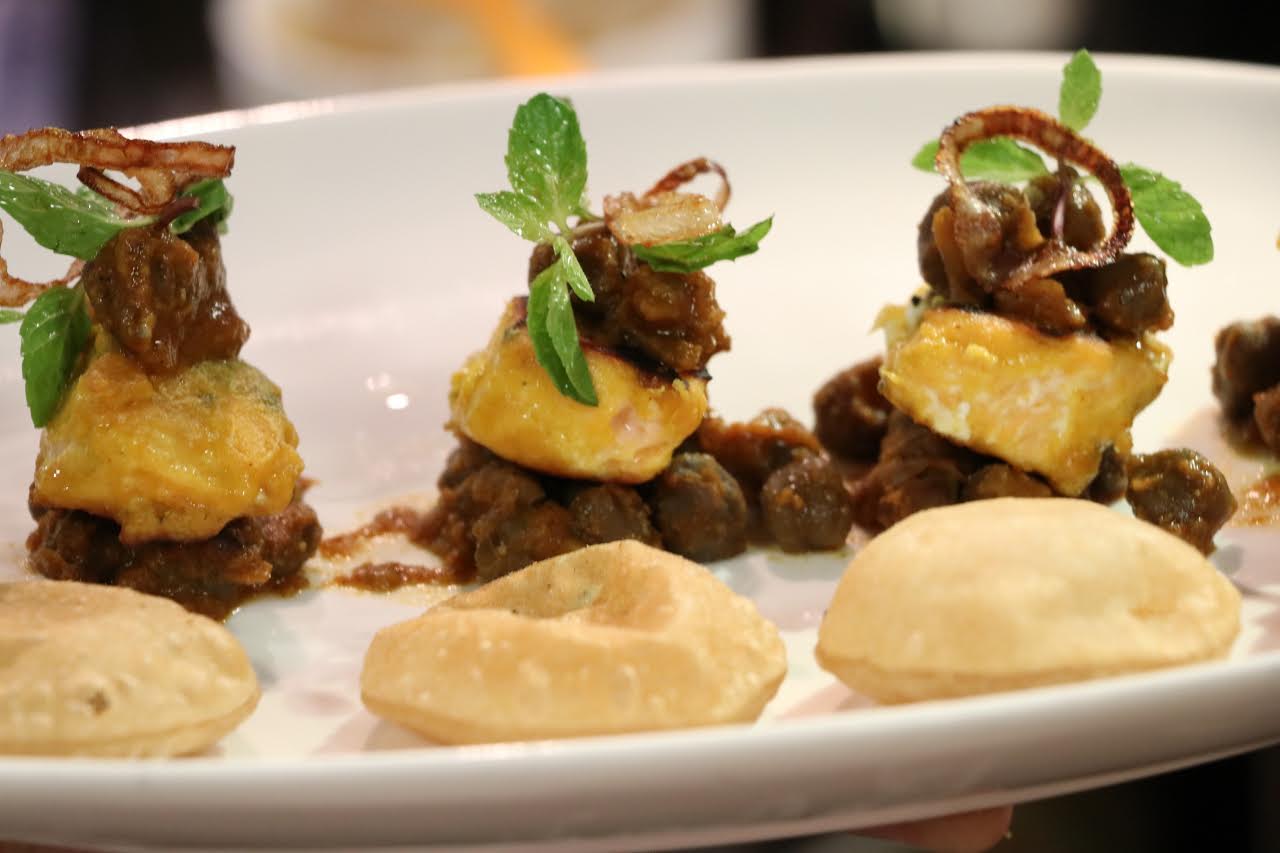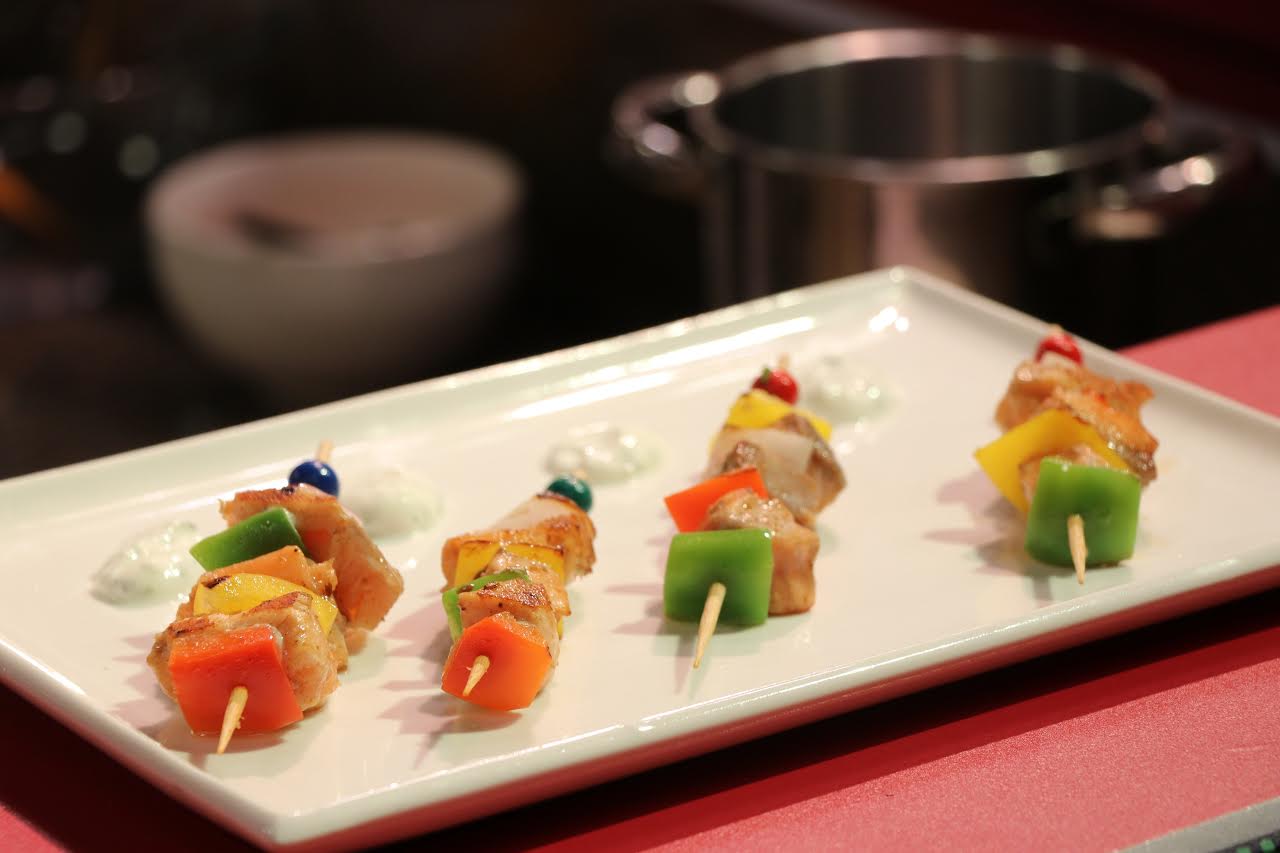
From the cold, clear waters of Norway, the Norwegian Seafood Council (NSC) brought the salmon to the Indian table to showcase just how easily the fish can be adapted to the Indian way of cooking.
To demonstrate that, Yogi Shergill, Vice Consul, Royal Norwegian Consulate General – Mumbai & Director (India), Norwegian Seafood Council (NSC) held a masterclass in cooking the Norwegian salmon at Bangalore’s Foodhall. The masterclass was really an effort to familiarise Indians with the salmon that is prized by food lovers and chefs across the world for its flavour and versatility. Reared in the pristine, cold, deep waters of Norway and farmed in rigorously controlled conditions using sustainable methods, the Norwegian salmon meets the highest safety standards. The taste and versatility make it special, and the health benefits give it an edge.
Indians today are exposed to global cuisine and are warming up to tastes and experiences from around the world. Awareness, accessibility and willingness to sample new things has ensured that the market sees an influx of produce from around the world. Despite this, the consumption of salmon hasn’t been impressive in the last year. Given the consumption base we have, the actual numbers do not show a surge even in comparison to the rest of the world. With statistics showing a scope for growth in the salmon market, the masterclass showcased some of the ways in which the Norwegian delicacy could become part of our daily menus.

Shergill shared with us that Norway ships the salmon to India within five days of catching and cleaning. One can also get frozen salmon and smoked salmon, but the import duty on fresh fish is much less. The first dish showcased was the smoked salmon with rice salad which highlighted the smoked salmon favour beautifully. The dish looks great with the attractive red-orange colour of the salmon on a bed of white long-grain rice with celery, carrots, yellow pepper and green pepper adding more colour and flavour. The Greek yogurt dressing helps bring it all together perfectly.

Next on the menu was the Amritsari tawa salmon with golden fried poori, chana pindi and onion rings which sounded interesting, but I was apprehensive about the strong Indian flavours over-powering the salmon. While the salmon goes well with Indian spices, I felt this dish was trying too hard to Indianise the delicate and subtle appeal of the fish with chana pindi’s dominating masalas. Under-seasoning the chana might help the salmon shine more. If you are using such a prized fish, I’d imagine you’d want its flavours to come through.

The master class ended with the Norwegian salmon kebab with coriander yogurt. This dish was milder and subtler than the previous one. The flavours were designed keeping in mind the South-Asian palate. It was emphasised that as is the case with most fish, with salmon too, over-cooking makes it chewy. The fish is delicate and under cooking is always better than over-doing it.
Our Indian repertoire of signature fish dishes is popular around the world and it is time to see how the Norwegian Salmon reinvents the classics or crafts new ones.
**
Supriya is talkative, funny, crazy, positive, a believer, a thinker, an RJ, a voice-over artist, a daughter, a mother! She loves smiles and sunshine and knows that if you really believe in something, it’s all yours! Working with radio for over nine years has taught her a lot, as a person and a professional. The importance of time, of words, of thoughts and of what all of this means to the other person. She takes nothing for granted and is grateful for life and honestly considers “thank you” to be the most powerful phrase ever. She blogs at http://thought-pitara.blogspot.in/






Local fish need to be celebrated !
India has its very own – and delicious – Indian Salmon/Rawas, and Surmai priced at a fraction of farmed Norwegian salmon! Packed with Omega-3 fatty acids, Surmai is one of the healthiest fishes available.
Norwegian farmed salmon is very expensive to consume on a regular basis – even by western standards.